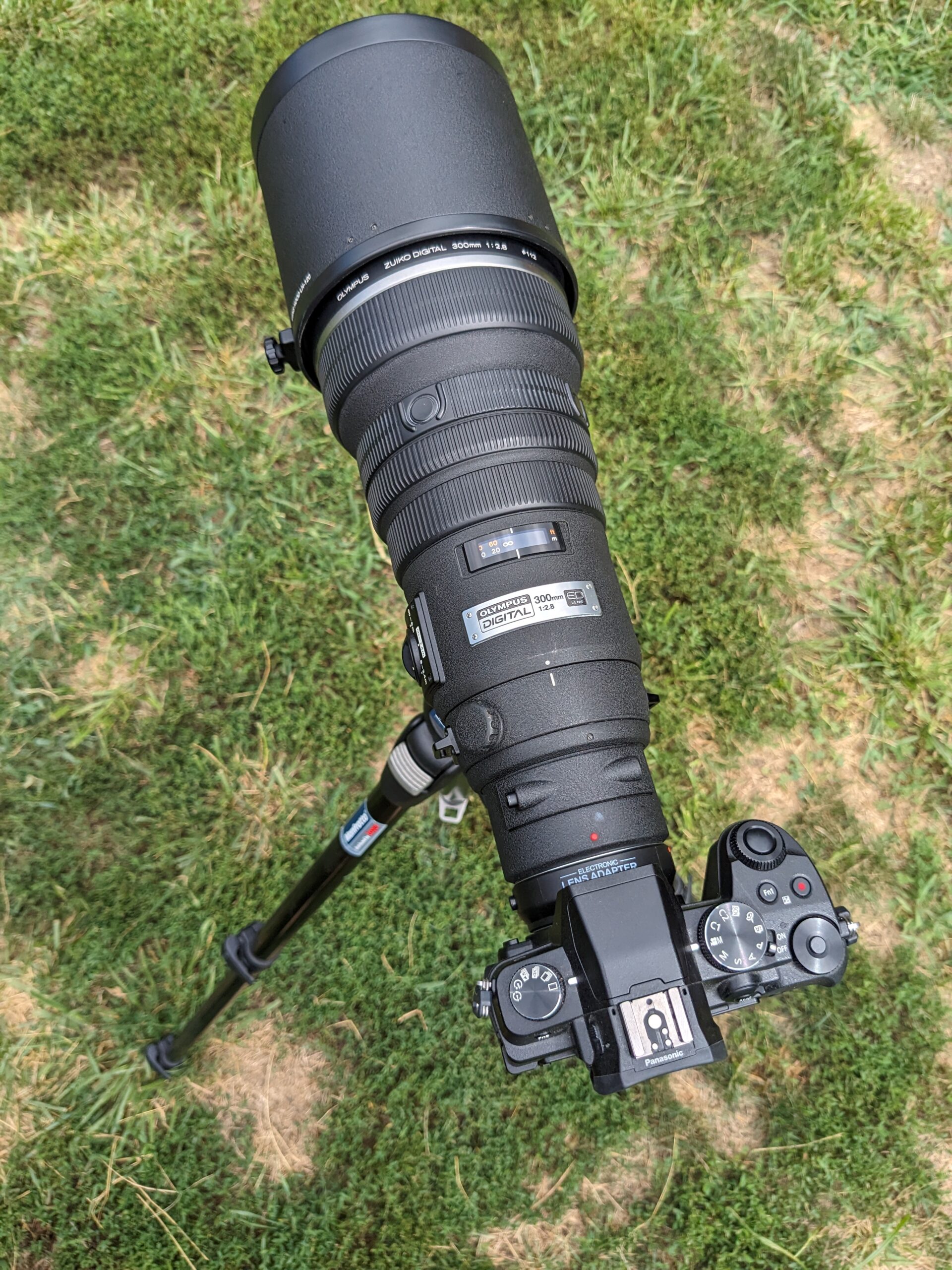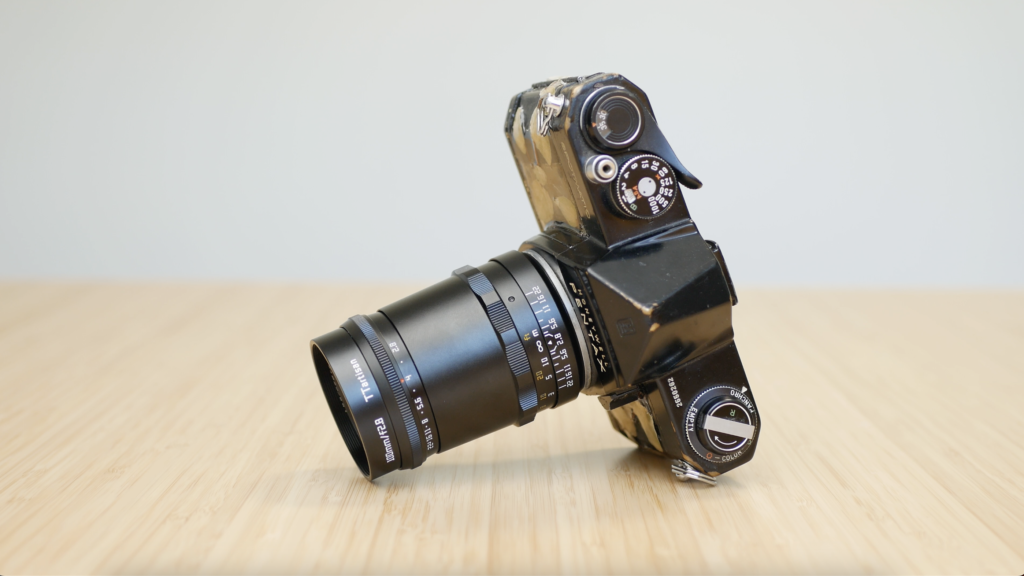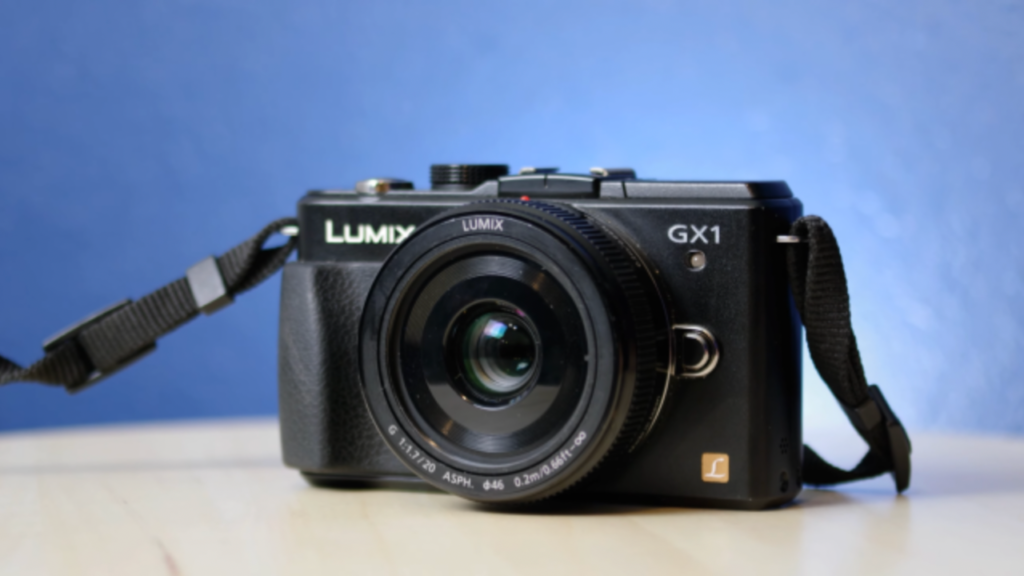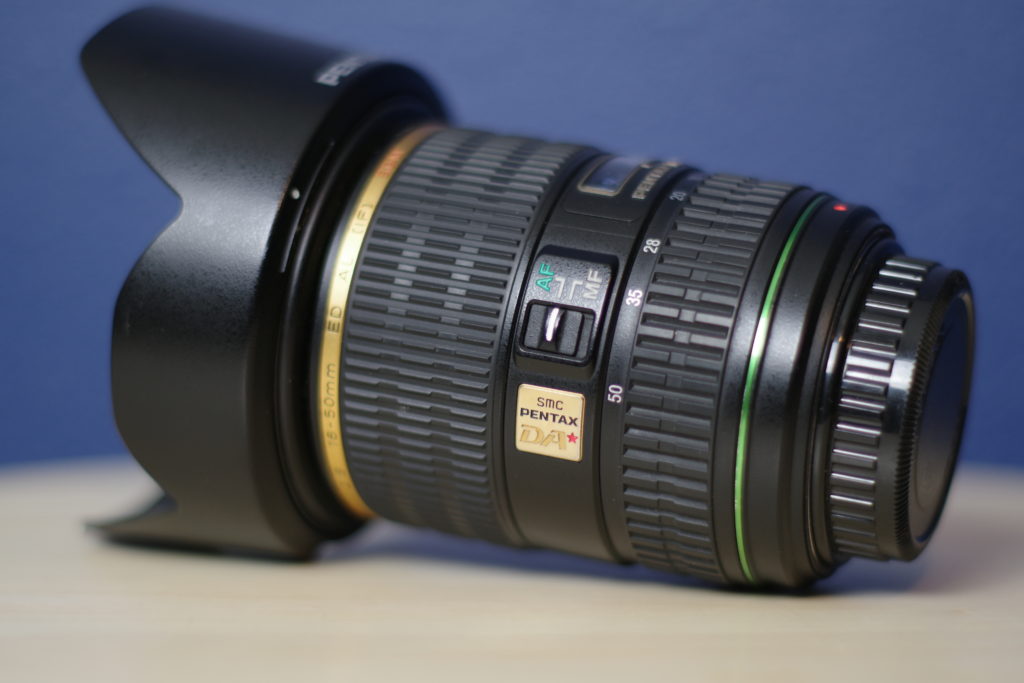This year I’ve been obsessed with the original Four Thirds system. Particularly the Olympus side of things. I’ve picked the Olympus 7-14mm F4 and the Olympus 35-100mm F2 to compliment my Olympus 25mm F2.8 and Olympus 50mm F2 Macro. It’s a full house.
But this last month it got fuller. Doubled, actually. Not in quantity but total mass. In my routine searching on buyee.jp I stumbled on the massive Olympus Zuiko 300mm F2.8 lens for a fantastic deal. While I can’t imagine using this lens in the long term, I couldn’t pass an opportunity to try it before passing it along to someone else in the states.
(Panasonic participated in four thirds as well, but only contributed two cameras and four lenses).
Introduction to the Olympus 300mm F2.8
As mentioned, this is the original four thirds mount lens made for DSLRs. However, it can be mounted to Micro Four Thirds mount using an Olympus or Panasonic Auto adapter, or any number of cheap knock-off adapters. I’m using it on my Olympus E-300 DSLR, but I do have a knock-off AF adapter that I’ve played with attached to the Panasonic G85.
It was released back in 2003 for somewhere around $8,000 USD. This was at the launch of the four thirds camera system, and Olympus came out swinging with some pro-grade lens offerings like this one.
The lens weighs a truly hefty 7.2lbs (3.29kg). Although the length is not much longer than a DSLR 70-200mm F2.8, the front element is massive, and a lot of that weight ends up in the front. Luckily, it accepts 43mm drop-in filters, so I don’t have to grab some 112mm(!) filters for the front.
Performance on my Olympus E-300
The only four thirds camera I currently own is the Olympus E-300. Not exactly well-suited for a large lens like this. The body is compact and in a sort of range finder design. There’s a good grip, but not a sporty one. I’d love to try this lens on a flagship like the E-1, E-3 or E-5.
All of the below shots are straight out of camera JPEGs with no editing. All are with the lens wide open at F2.8 to really test the capabilities of the lens.
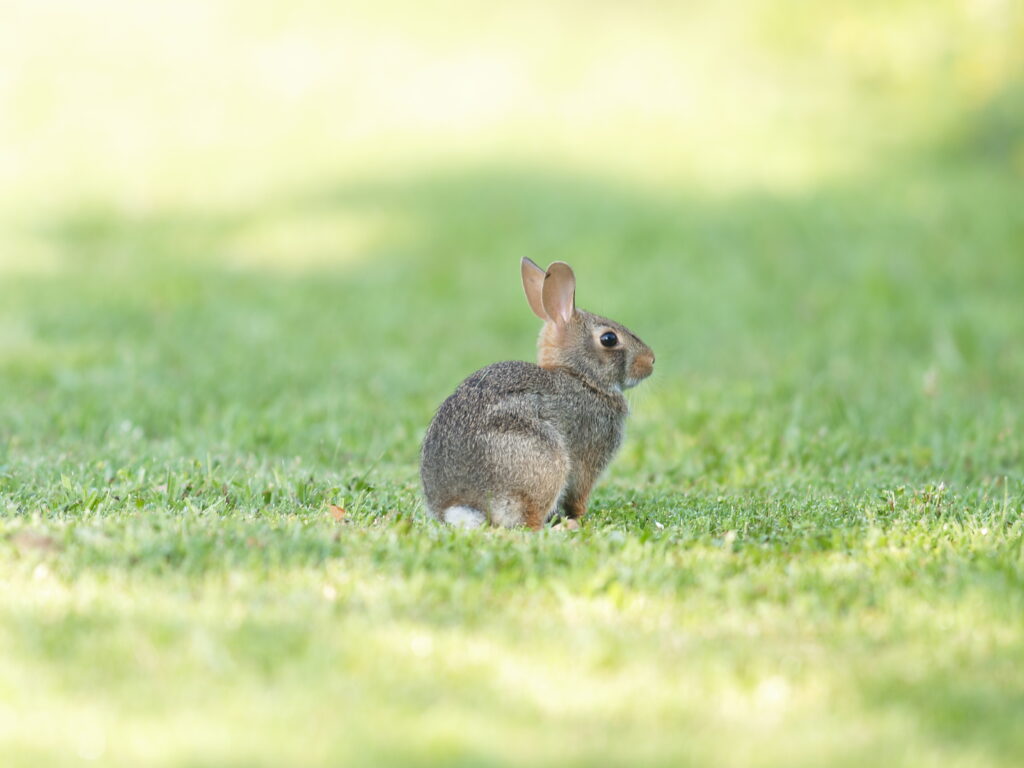

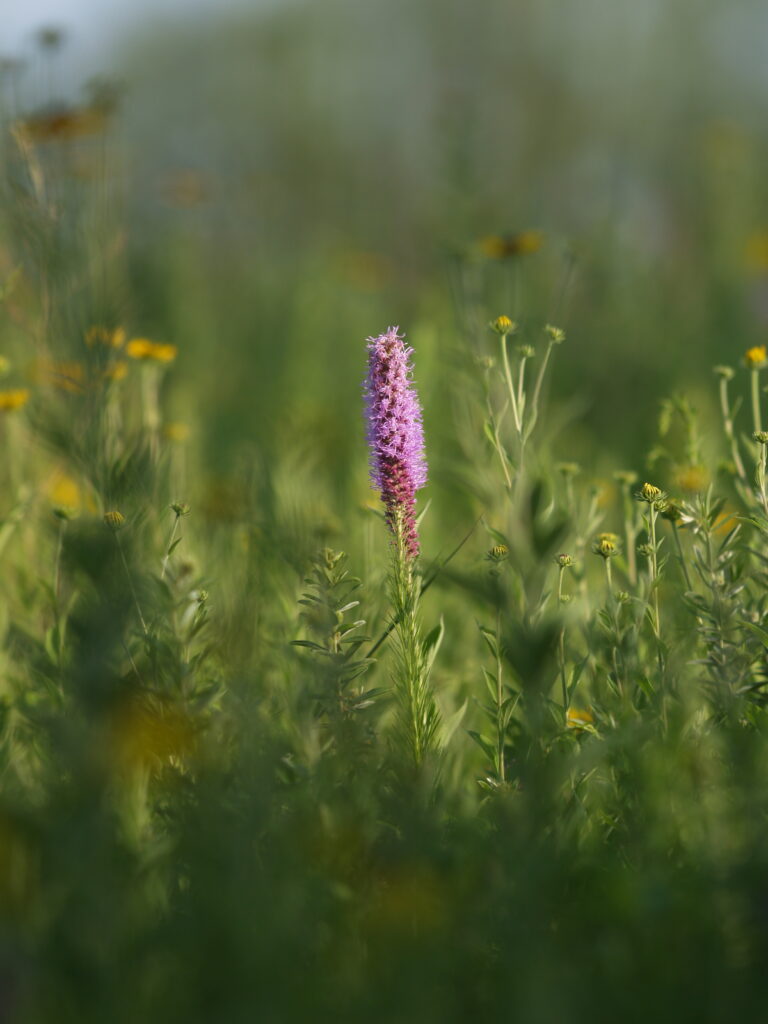
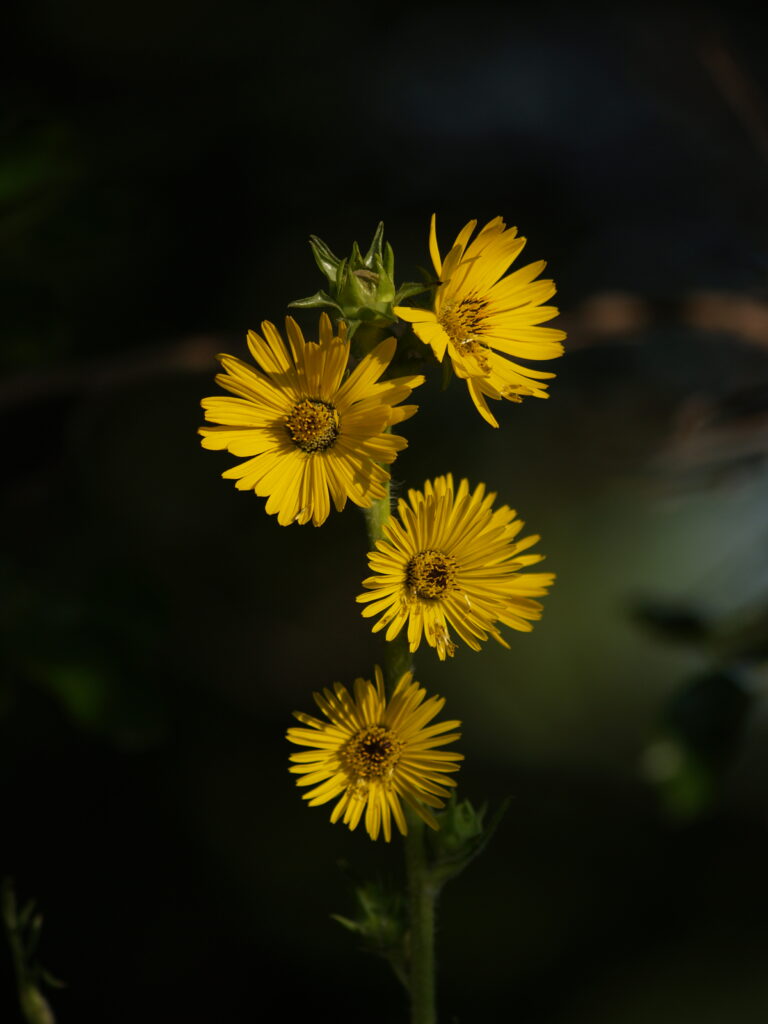
What’s clear to me is that this lens easily resolves the 8mp sensor and then some. Wide open at F2.8 the subjects in the center are tack sharp. This stayed consistent whether the subject was at the minimum focusing distance or further away. Which is really good.
Contrast stayed strong under intense lighting situations, and there’s no ugly fringing or aberrations that I can detect.
Well, we would all hope so for such an expensive pro level lens.
Focusing on the E-300 is slow and sometimes inaccurate, but really what I expected for the camera. While performance would probably be better on the flagship and newer E-5, most people nowadays are probably more interested adapting to a micro four thirds body.
Adapted to Micro Four Thirds
I don’t have the official Olympus/Panasonic adapters, but rather a knock-off AF adapter. With this adapter the autofocus is horrendously slow. I haven’t heard this from others with any four thirds adapted lenses, so I am guessing it’s just the adapter. Oh well. It was thrown into a lot of cameras I bought, so at least I didn’t pay for it. I don’t recommend.
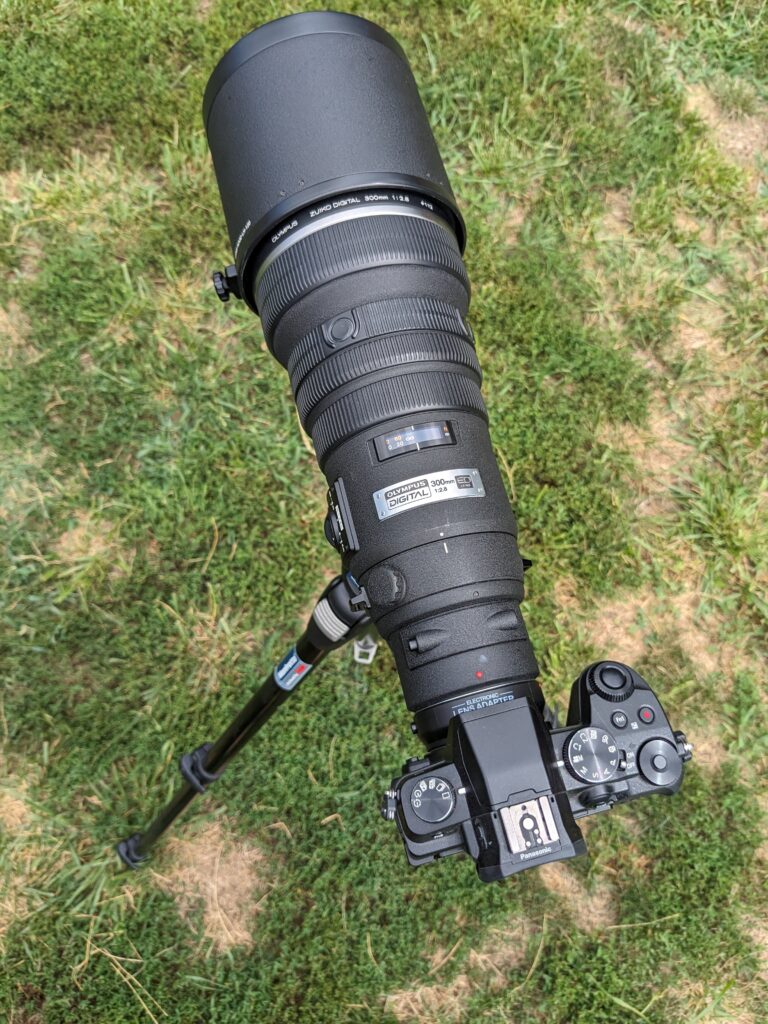
Other than the disappointing autofocus performance, the lens performance is outstanding. It stands the test of my 16mp Panasonic G85 sensor no problem. I would love to see it on one of the new 20mp bodies, and with a real adapter.
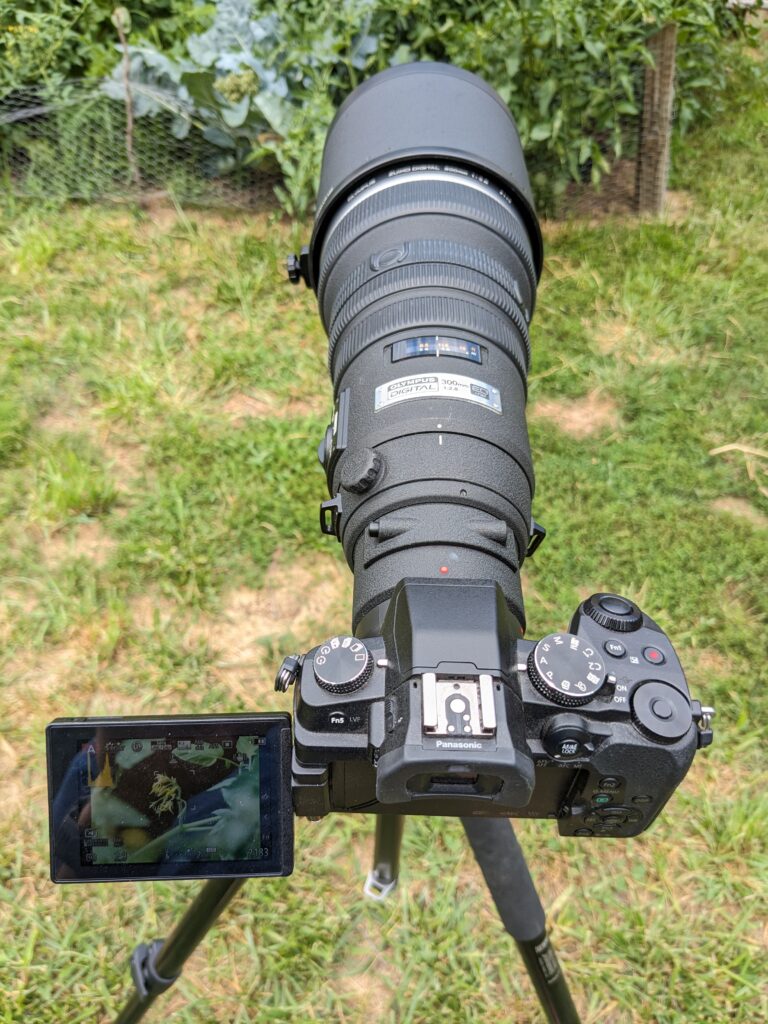
A Note About Crop Factor
The 35mm (full-frame) equivalent focal length of this lens when attached to a four thirds/M43 camera is 600mm. There seems to be some confusion out there about this still, but most if not all interchangeable lenses print the 35mm focal length on the lens and not the equivalent after the crop factor is taken into account.
I know, confusing to this day, but this is essentially a 600mm lens if you were to compare to a full frame equivalent in another system.
The max aperture is still F2.8, letting in that much light. That doesn’t change. Which is awesome for all kinds of applications. But the depth of field will appear like a 600mm F4. Still awesome for bokeh lovers.
Conclusion
Hardly a comprehensive review of this coveted lens, but just my first impressions. I’ll keep playing with it but ultimately I plan to pass it on to a fellow forum member here. They’ll use it on a modern M43 body, and I can’t wait to see how that goes.
The quality is all here. I think this lens is best suited on a gimbal tripod, shooting distant sports and wildlife. If I get a chance I’ll try to get some humming birds to a feeder and set the camera up on a tripod for those. I think that would turn out great.

